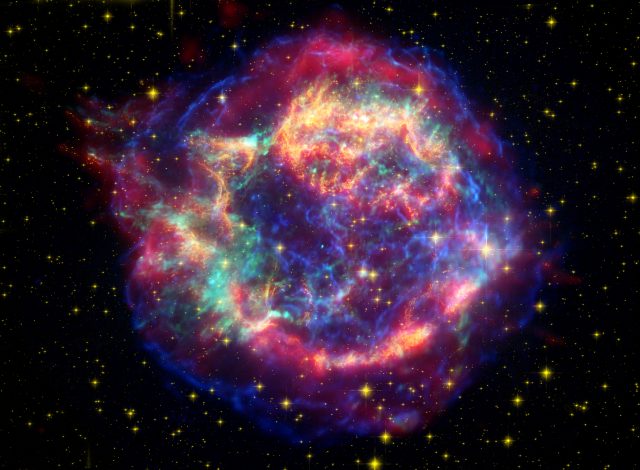Probing the mysteries of neutron stars with a surprising earthly analog

Enlarge / Spectral analysis indicates that silica is present in this supernova remnant, Cassiopeia A. (credit: NASA/JPL-Caltech/ O. Krause (Steward Observatory))
Ever since neutron stars were discovered, researchers have been using their unusual properties to probe our universe. The superdense remnants of stellar explosions, neutron stars pack a mass greater than the Sun's into a ball about as wide as San Francisco. A single cup of this star matter would weigh about as much as Mount Everest.
These odd celestial bodies could alert us to distant disturbances in the fabric of spacetime, teach us about the formation of elements, and unlock the secrets of how gravity and particle physics work in some of the most extreme conditions in the universe.
They're at the center of a lot of open questions in astronomy and astrophysics," says astrophysicist Vanessa Graber of the Institute of Space Sciences in Barcelona.